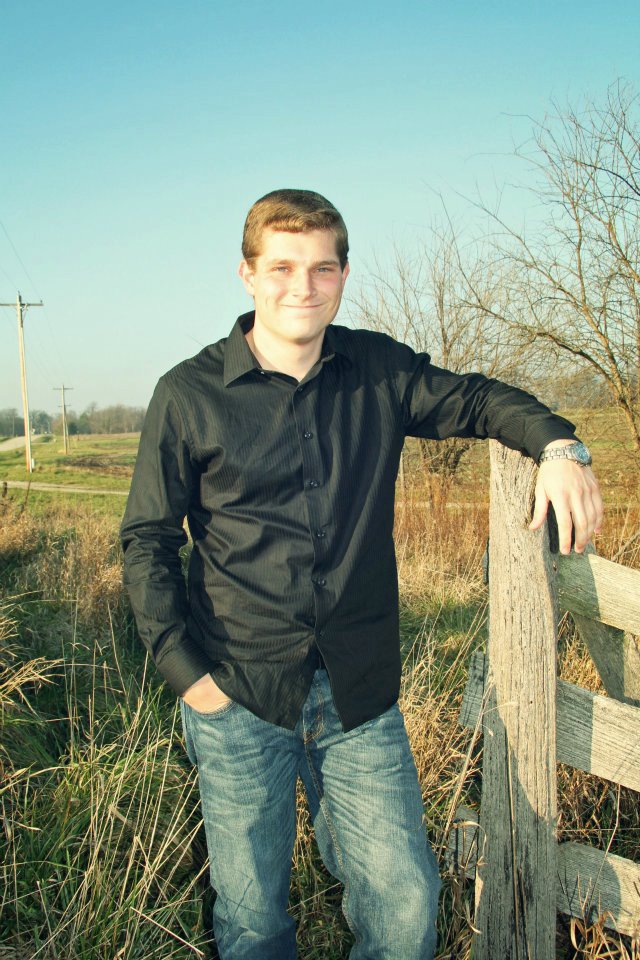| Line 37: | Line 37: | ||
*Let me try again. For part a), we are considering an continuous-time system | *Let me try again. For part a), we are considering an continuous-time system | ||
| − | <math> x(t) \rightarrow | + | :<math> x(t) \rightarrow |
\left[ \begin{array}{ccc} & & \\ | \left[ \begin{array}{ccc} & & \\ | ||
& \text{CT filter with frequency response } H(f) & \\ | & \text{CT filter with frequency response } H(f) & \\ | ||
| Line 44: | Line 44: | ||
</math> | </math> | ||
| − | But we are implementing it as a discrete-time system like this: | + | :But we are implementing it as a discrete-time system like this: |
| − | <math> x(t) \rightarrow | + | :<math> x(t) \rightarrow |
\left[ \begin{array}{ccc} & & \\ | \left[ \begin{array}{ccc} & & \\ | ||
& \text{C/D Converter} & \\ | & \text{C/D Converter} & \\ | ||
| Line 61: | Line 61: | ||
</math> | </math> | ||
| − | The question is: "what should <math>H_d | + | :The question is: "what should <math>H_d(\omega)</math> be if <math>H(f)</math> has a gain of 7 and a cutoff frequency equal to 800Hz?". Is that more clear? -Prof. Mimi |
*Write question/comment here. | *Write question/comment here. | ||
**answer will go here | **answer will go here | ||
---- | ---- | ||
[[2015_Fall_ECE_438_Boutin|Back to ECE438, Fall 2015, Prof. Boutin]] | [[2015_Fall_ECE_438_Boutin|Back to ECE438, Fall 2015, Prof. Boutin]] | ||
Revision as of 08:01, 22 September 2015
Contents
[hide]Homework 4, ECE438, Fall 2015, Prof. Boutin
Hard copy due in class, Wedday September 23, 2015.
The goal of this homework is to get an intuitive understanding on how processing CT signals can be accomplished in an equivalent fashion by processing a sampling of that signal.
Question
A continuous-time signal x(t) is such that its CTFT X(f) is zero when when |f|>1,400 Hz. You would like to low-pass-filter the signal x(t) with a cut off frequency of 800Hz and a gain of 7. Let's call this desired filtered signal y(t).
a) Assume that you are only given a sampling of x(t), specifically a sampling obtained by taking 6000 samples per second (samples equally spaced in time). Can one process this sampling in such a way that a band-limited interpolation of the processed (output) DT signal would be the same as y(t)? Answer yes/no. If you answered yes, explain how. If you answered no, explain why not.
b) Now assume that the sampling from Part a) is downsampled by a factor 2. Can one process this downsampled signal in such a way a band-limited interpolation of the processed (output) DT signal would be the same as y(t)? Answer yes/no. If you answered yes, explain how. If you answered no, explain why not.
Hand in a hard copy of your solutions. Pay attention to rigor!
Presentation Guidelines
- Write only on one side of the paper.
- Use a "clean" sheet of paper (e.g., not torn out of a spiral book).
- Staple the pages together.
- Include a cover page.
- Do not let your dog play with your homework.
Discussion
You may discuss the homework below.
- I have been asked for clarification so let me try to rephrase. In each part, I am asking you to describe the digital filter that is equivalent to the given analog filter. In other words, how can you process the signal in the discrete-time domain, instead of the continuous time domain. Does that help? Let me know. -Prof. Mimi
- Let me try again. For part a), we are considering an continuous-time system
- $ x(t) \rightarrow \left[ \begin{array}{ccc} & & \\ & \text{CT filter with frequency response } H(f) & \\ & & \end{array}\right] \rightarrow y(t) $
- But we are implementing it as a discrete-time system like this:
- $ x(t) \rightarrow \left[ \begin{array}{ccc} & & \\ & \text{C/D Converter} & \\ & & \end{array}\right] \rightarrow \left[ \begin{array}{ccc} & & \\ & \text{DT filter with frequency response } H_d[\omega] & \\ & & \end{array}\right] \rightarrow \left[ \begin{array}{ccc} & & \\ & \text{D/C Converter} & \\ & & \end{array}\right] \rightarrow y(t) $
- The question is: "what should $ H_d(\omega) $ be if $ H(f) $ has a gain of 7 and a cutoff frequency equal to 800Hz?". Is that more clear? -Prof. Mimi
- Write question/comment here.
- answer will go here

